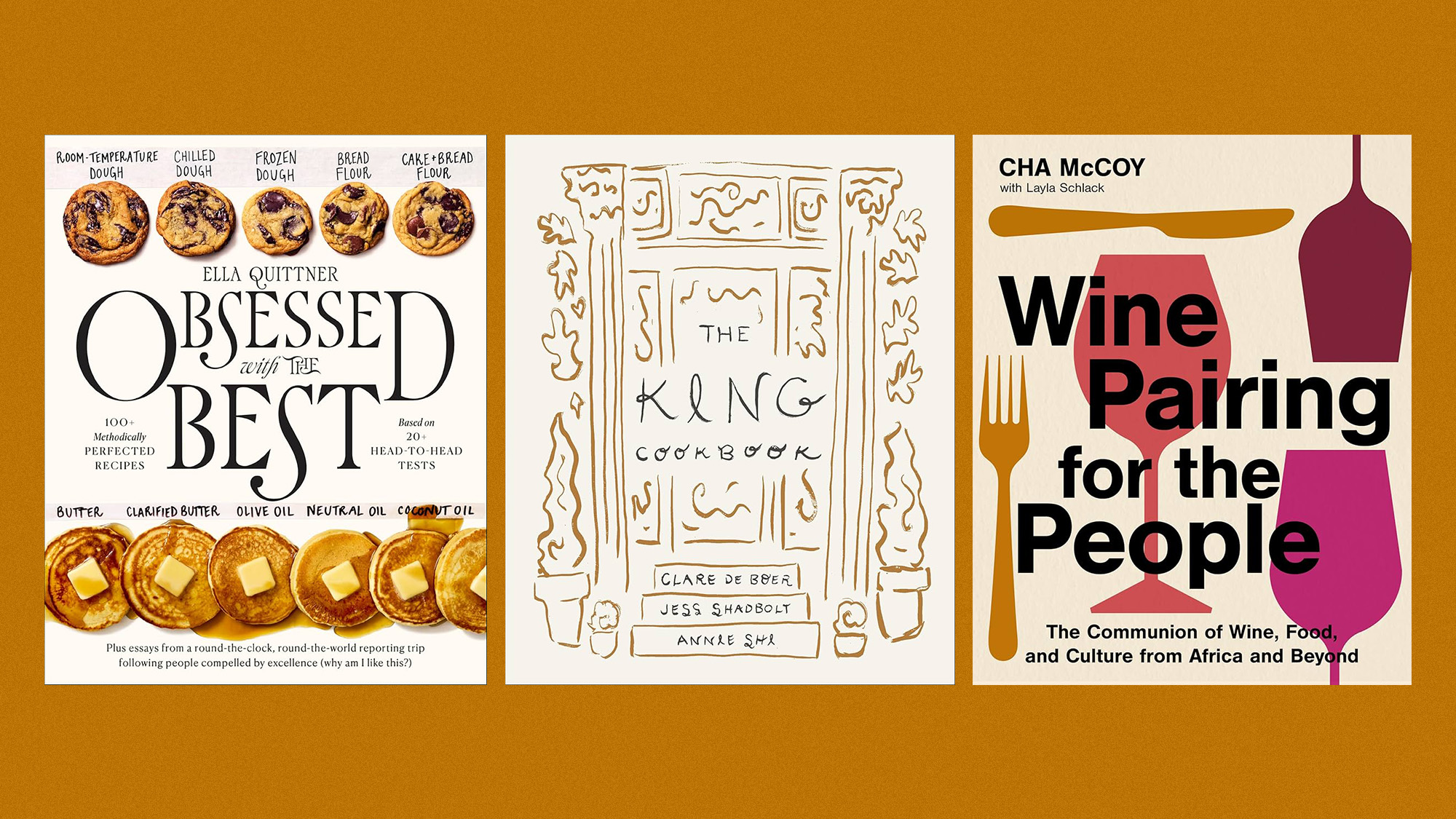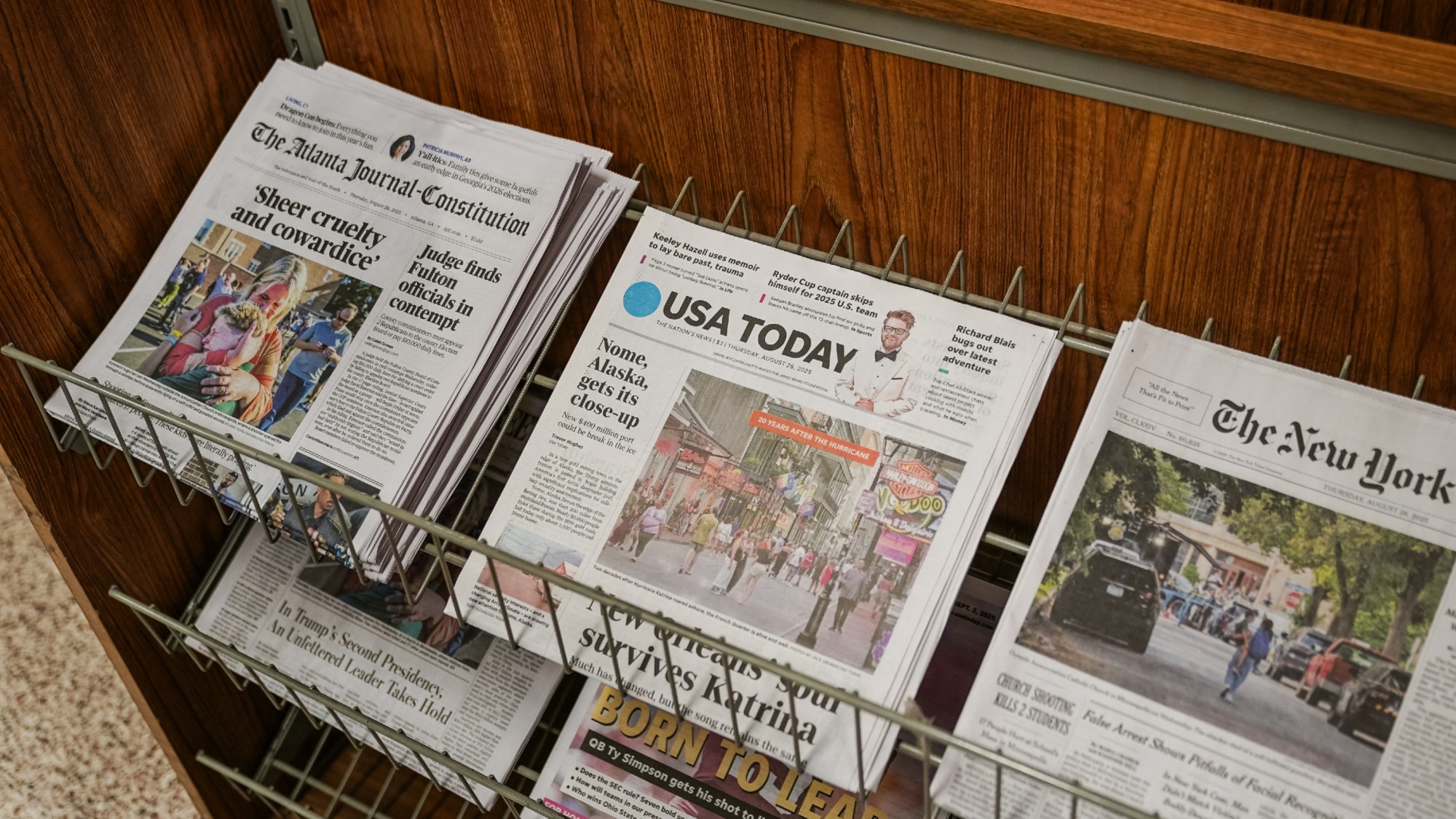Pirate Radio
The plot is thin, but hits from the Kinks, the Rolling Stones, the Who, the Turtles, and other great British bands from the 1960s will keep the audience rocking.
Directed by Richard Curtis
(R)
**
The Week
Escape your echo chamber. Get the facts behind the news, plus analysis from multiple perspectives.

Sign up for The Week's Free Newsletters
From our morning news briefing to a weekly Good News Newsletter, get the best of The Week delivered directly to your inbox.
From our morning news briefing to a weekly Good News Newsletter, get the best of The Week delivered directly to your inbox.
A floating radio station defies the British government in the 1960s.
Pirate Radio may be the “coolest music video masquerading as a movie ever,” said Betsy Sharkey in the Chicago Tribune. Writer-director Richard Curtis—the “hopeless romantic” behind Four Weddings and a Funeral, Notting Hill, and Love Actually—has written and directed “yet another love letter,” only this one’s dedicated to the golden era of British rock ’n’ roll. Set in 1966, when the stuffy BBC still entirely controlled Britain’s airwaves, the film follows a crew of raffish DJs, led by Philip Seymour Hoffman’s “The Count,” who broadcast rock ’n’ roll from a refurbished tanker off England’s coast. Unfortunately, Pirate Radio sails by on little more than the music, said Stephanie Zacharek in Salon.com. Curtis never fully develops the plot, even though the film runs more than two hours long. He does, however, “capture the mood, and certainly the sound of the era.” From the Kinks to the Rolling Stones, the hits just keep on coming, said Joe Morgenstern in The Wall Street Journal. It doesn’t really matter what’s happening onscreen when you can hear the Who, the Turtles, and other great British bands played one after the next. Long live rock ’n’ roll.
A free daily email with the biggest news stories of the day – and the best features from TheWeek.com
-
 9 new cookbooks begging to be put to good winter use
9 new cookbooks begging to be put to good winter usethe week recommends Booze-free drinks, the magic versatility of breadcrumbs and Japanese one-pot cooking
-
 Bari Weiss’ ‘60 Minutes’ scandal is about more than one report
Bari Weiss’ ‘60 Minutes’ scandal is about more than one reportIN THE SPOTLIGHT By blocking an approved segment on a controversial prison holding US deportees in El Salvador, the editor-in-chief of CBS News has become the main story
-
 ‘Journalism is on notice’
‘Journalism is on notice’Instant Opinion Opinion, comment and editorials of the day